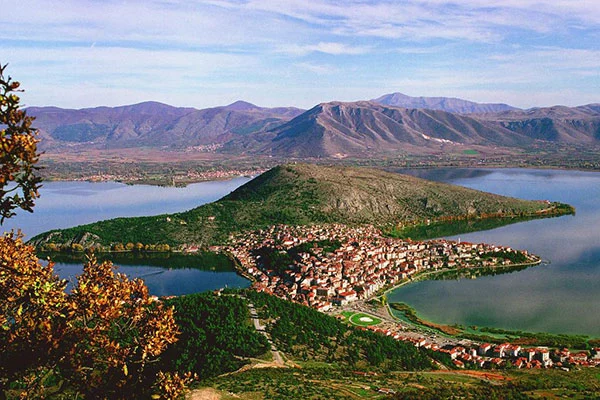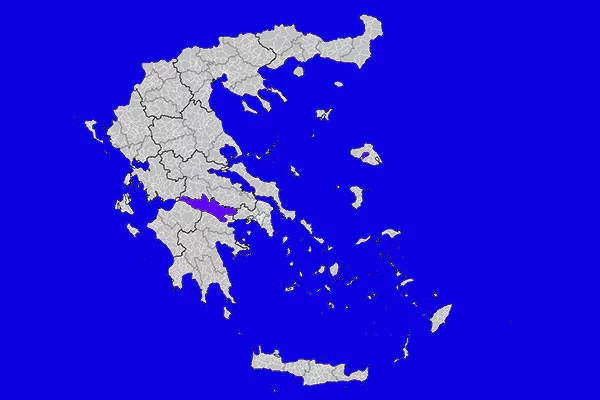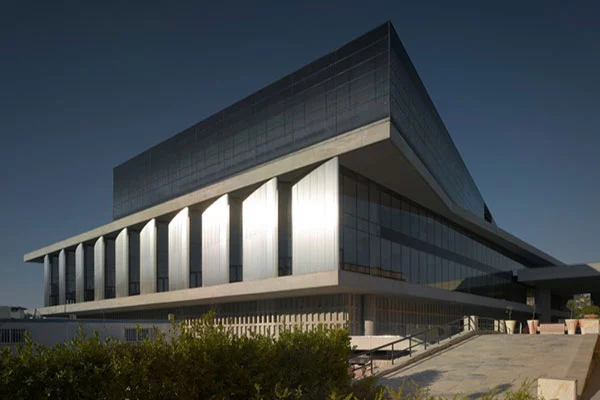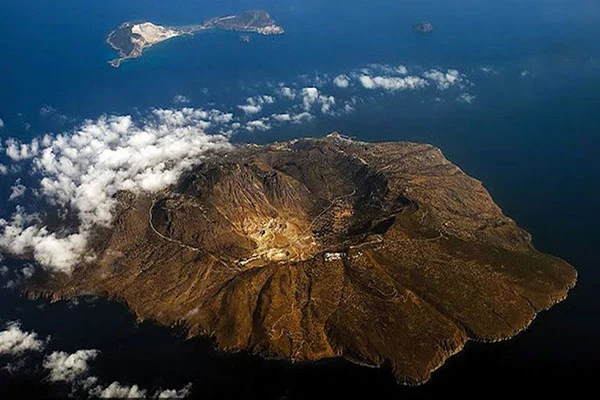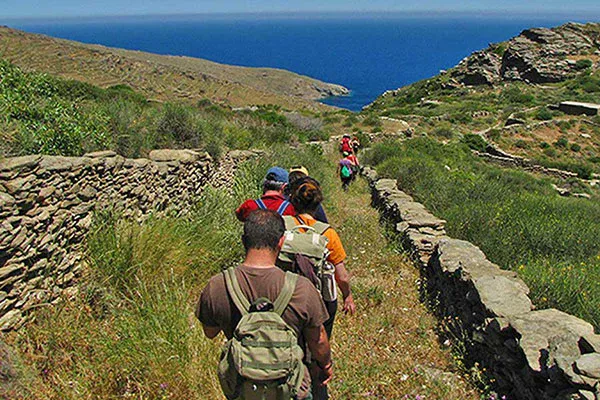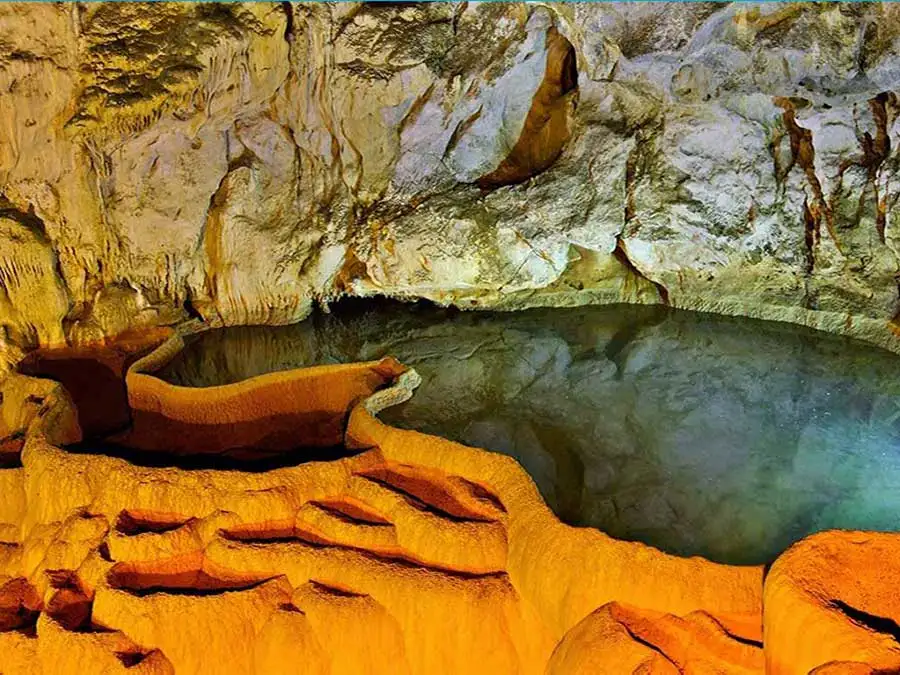
Cave of the Lakes
The 1.5 million cavern was discovered in 1964 and has been captivating professionals and travelers since. It was first explored by locals who discovered a large bat-filled cavern at the start of a 2km long cave carved out by subterranean river. Exploration was completed in 1965 by the E.O.S. (Hellenic Alpine Club) with the participation of Greek and foreign speleologists under the supervision of Mrs. Anna Petrochilou, president of the Hellenic Speleological Society. The fully explored length is 1.980 meters. In 1981, the Greek Tourism Organization started works for the touristic development of the cave which opened to the public in 1990. During all that period, the contribution of the Greek Speleological Society was decisive.
This cave has something unique that hardly can be found in any other caves, as inside there are 13 crystal-clear subterranean pools formed by mineral deposits over the millennia, which is why it stands out as one of the most unique in the world. During winter time, when the snow melts, the cave is transformed into a subterranean river with natural waterfalls. In the summer, part of the cave dries up revealing stone basins and dams up to 4m in height. The walls are ornamented with colored formations and fluted curtains hang from the ceiling. Water reflections add more magic to the scene. The first findings that came to light were dated to the Late Neolithic, the Early, Middle and Late Bronze Ages. At the cave’s lower floor, fossilized human bones and animal fossils including a hippopotamus have been found. The man used the cave from the Neolithic Age, throughout the duration of the Early Helladic until the Late Helladic period.
The temperature measurements at various points in the cave have shown that it is affected by the external temperature, but remains at low and narrow limits (highest temperature 17.05 °C, lowest 12.33 °C). The humidity inside the cave is at high levels and depends both on the external temperature and the internal movement of the wind (highest humidity 96.3%, lowest 71.3%). Four kinds of bats find refuge deep inside when the cave when it is open to the public, and move freely at other times through naturals apertures.
The cave is very impressive and the cave system is very safely organized with a raised 500-meter walkway through it. Visitors enter the cave through an artificial tunnel that leads to the second floor and small man-made bridges allow the passage from lake to lake. If you visit it in summer, not all the lakes will have water in, but the larger ones will. The cave is viewed in groups and guided in a 30-minutes tour. Photography or filming is not allowed so as not to disturb the resident bats as well as the limestone treasures. This is a nice and interesting place to visit if you like caves and a must-see attraction in the area.
Opening Hours
The cave is open daily from 09:00 to 16:30. Ticket fee depends on the age group and discounts that one may be entitled to. A CityPASS is available that gives access to four different sights in the area (Ski Centre, Cog Railway, Cave of the Lakes and Holocaust Museum).
Getting There
The Cave of the Lakes, formerly called Troupissio, is located near the village of Kastria, 17km from Kalavrita and 60km from Tripoli. From Athens, you can reach the cave in about two and a half hours. Best time to visit it, is in winter and spring when all the lakes will have water in. Combine the Cave of the Lakes with the Cog Railway and visit the traditional village of Kalavryta.


